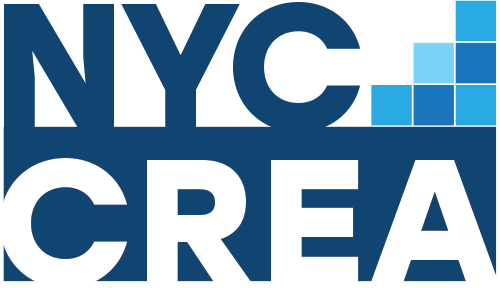March 26, 2025
- A report by the Office of the New York City Comptroller found that fewer than 1% of rent-stabilized apartments are unavailable for rent, refuting claims that rent stabilization causes widespread vacancies.
- The number of vacant but unavailable rent-stabilized units dropped by 39% between 2021 and 2023, showing a significant post-pandemic recovery.
- Modest adjustments to the Individual Apartment Improvement cap and targeted strategies can help return the small number of withheld units to the market.
New York City’s rent-stabilized housing has been a critical component of affordable housing for decades. However, as lawmakers discuss solutions to the ongoing housing crisis, landlord-backed groups claim that rent stabilization laws, particularly the Housing Stability and Tenant Protection Act (HSTPA) of 2019, have caused widespread vacancies by making it economically unfeasible to renovate and re-rent units. A 2024 report by the NYC Comptroller Office debunks this claim, showing that fewer than 1% of rent-stabilized apartments are unavailable for rent. Instead, targeted solutions can address the small number of units that remain vacant while preserving tenant protections.

Challenges Facing Rent-Stabilized Housing
Despite the concerns by some landlord groups, the data suggests that NYC’s rent-stabilized housing stock is healthier than claimed. However, challenges remain:
- Misconceptions About Vacancy Rates
Contrary to claims that many units remain uninhabitable due to financial constraints, the number of unavailable rent-stabilized units has fallen significantly—from 42,860 in 2021 to 26,310 in 2023. The subset of truly uninhabitable units dropped from 11,500 to just over 3,000.
- Post-Pandemic Market Adjustments
The COVID-19 pandemic created a spike in vacancies, but the rental market has since rebounded. Rent-stabilized vacancies declined from 4.57% in 2021 to just 0.98% in 2023.
- Owners’ Repairs
New York City faces a limited supply of rental apartments below $1,500, with likely fewer than 2,000 units remaining vacant specifically because owners are unable to make the necessary repairs.

Recommended Strategies for Addressing Vacancies
To return withheld rent-stabilized units to the market while maintaining tenant protections, the Comptroller’s office suggests three key policy adjustments:
- Increase the Individual Apartment Improvement (IAI) Cap
Raising the cap from $15,000 to $25,000 (aligned with the City’s “Unlocking Doors” pilot program) and tying it to inflation would provide landlords with a more reasonable budget for necessary repairs.
- Enhance Support for Landlords Facing Genuine Hardships
New York State Homes and Community Renewal (HCR) should modify its existing programs to include capital subsidies, rental vouchers, and preservation loans for landlords struggling to maintain their properties.
- Expand the “Neighborhood Pillars” Program
The Mayor and City Council should allocate funding in the Fiscal Year 2025 Capital Budget to transition distressed housing into community ownership, ensuring long-term affordability. The “Homes Now, Homes for Generations” campaign calls for a $250 million annual investment in this initiative.
Long-term Housing Stability
The evidence does not support claims that rent stabilization laws have led to an increase in vacancies or distressed units. Instead, the data shows that New York City’s rental market is stabilizing, with fewer rent-stabilized units being held off the market than before. Targeted policy solutions—such as increasing the IAI cap, providing support for landlords facing true financial difficulties, and expanding community-driven housing initiatives—offer a balanced path forward. These measures will ensure that rent-stabilized apartments remain both habitable and affordable, strengthening the city’s long-term housing stability.
The Office of the New York City Comptroller remarked that as the HSTPA ended vacancy decontrol, preventing further loss of affordable housing without causing significant vacancy increases or distress, rental vacancies have hit record lows post-pandemic. While some vacant units may require attention, the targeted solutions mentioned ensure both affordability and necessary property reinvestment, ultimately safeguarding affordable housing for New York City’s working families. (NYCCREA)
Reference:
Office of the New York City Comptroller, “Rent-Stabilized Vacancies Plummeted Over Last 2 Years, Including for Units in Need of Repairs, New NYC Comptroller Report Finds”







